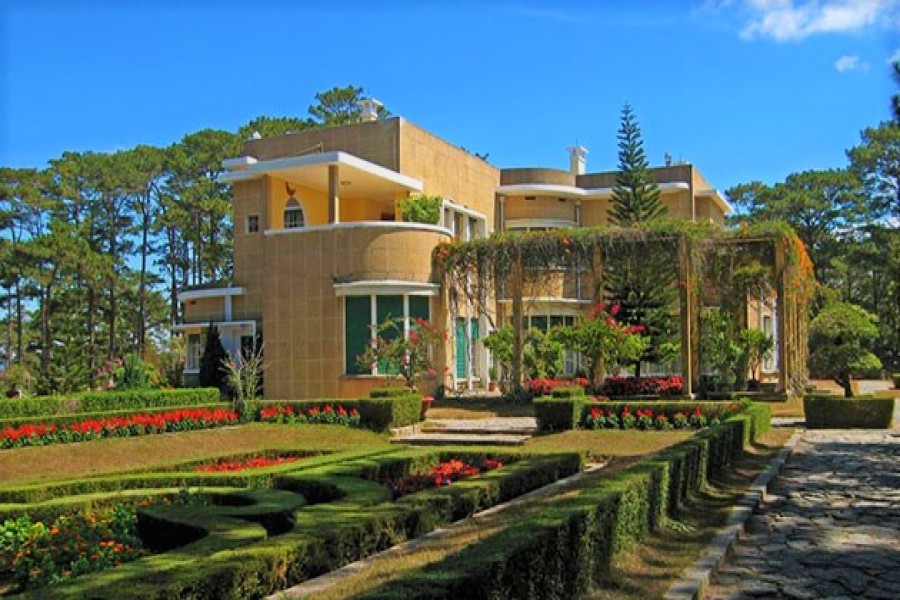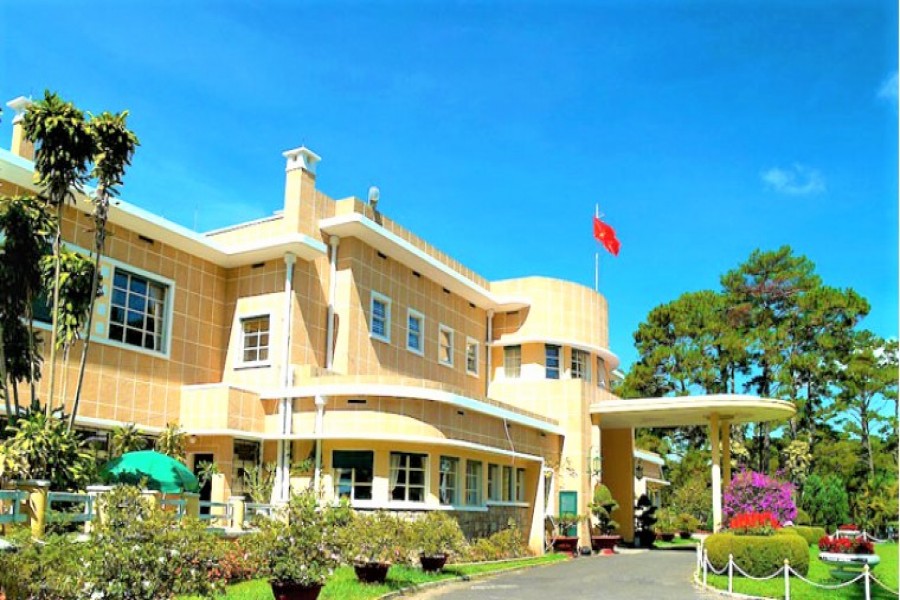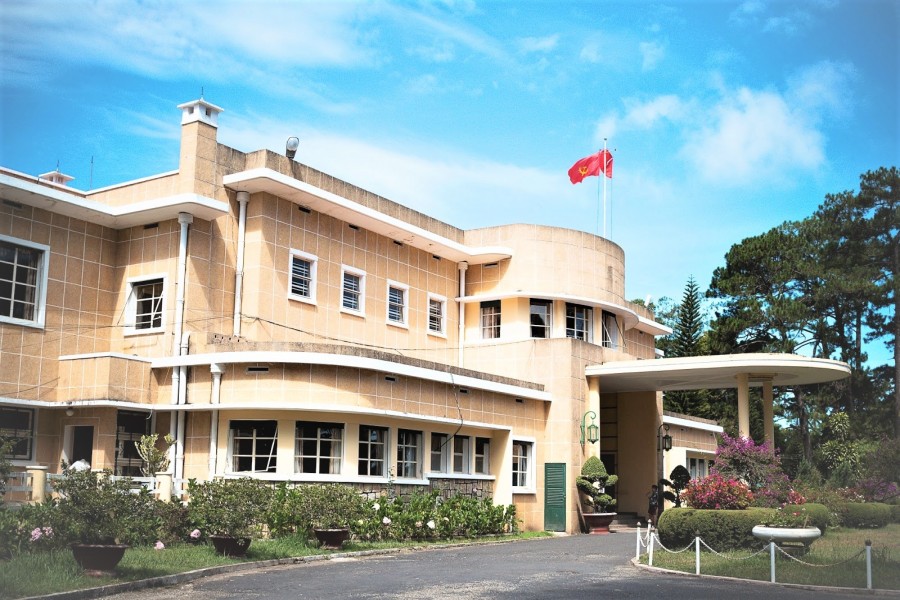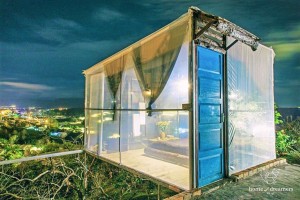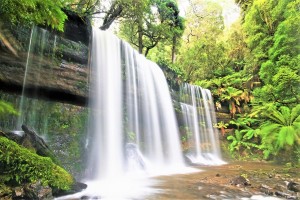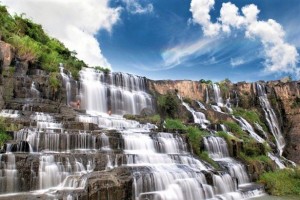Dalat Last King Summer Palace - Bao Dai Palace
Bao Dai's royal residence, also known as Bao Dai palace, is a mansion located on Ai An hill on Trieu Viet Vuong street, Ward 4, Da Lat city.
Dalat Summer Palace or also known as Palace 3, Bao Dai Palace was built from 1933 to 1938 is completed. Bao Dai Palace is designed in French architecture, 1000m wide and divided into two floors with 26 different large and small rooms. Behind the Palace 3 is a flower garden with beautiful European style and small paths are paved in the garden is elegant and Luxury.

The first floor of Bao Dai Palace was used as a working and reception place of King Bao Dai, the entire second floor of Bao Dai Palace was used as a living and private room of the prince, princess, Queen Nam Phuong and King Bao Dai's room. After Empress Nam Phuong came to Hue and then to France in 1949, King Bao Dai lived with his next wife at this palace.

Emperor Bao Dai was born in 1913. He went to France at the age of nine for studying and four years later, when he was 13 years old, Khai Dinh his father died so he came back to Vietnam and got the throne. However he gave all the authority to the mandarin to continue studying in France, and in 1932 he returned to the country and officially took the throne in Hue. In 1934 he married his first wife, Nam Phuong, who had five children together, including two princes and three princesses. In 1945, after the August Revolution, King Bao Dai declared his abdication. Then he accepted the invitation of President Ho Chi Minh. He went to the North as a senior advisor to the provisional government for about three months, on a diplomatic trip to China he fled to Hong Kong and then to France. In 1949 the French returned to invade Vietnam, the French King Bao Dai returned to the country as head of state (the current head of state equivalent to the current president). After the French failed in the Vietnam War in 1954 and after the fraudulent election of Ngo Dinh Diem he went to France in exile and never returned to Vietnam. He died in 1997, at the age of 85, throughout his life, there were all eight wives and 13 children, including four Vietnamese wives, three French wives and one Chinese. At present, his children are in France, Italy, and America and have their own families, including his prince Bao An, his son, and his second wife Phi Anh, who donated money to build the tomb. for him at the Paris Passy cemetery.
The office of King Bao Dai at the Palace III

After his arrival in France in 1954, Palace III was used as a residence for President Ngo Dinh Diem in Da Lat. After the liberation of Bao Dai Palace, the State planned and repaired it as a point of visiting for tourists. At present, Palace 3 also preserves some royal artifacts, exhibited at the back of King Bao Dai's office. Ticket price to visit Bao Dai Palace is currently 20,000d / 1 adult, children under 1m2 are free and 1m2 high is charged in adults.
Other Posts
Good Hotels in Dalat
Where to stay in a city is a question you always ask when traveling so we list our 5 hotel based on our experience that we consider good hotels in Dalat
Tourist Sight Entrance Ticket Fare
This is information of all destinations entrance tickets in Dalat. It will be easier for you to plan and prepare money for the trip
Where To Eat In Dalat
We List out 7 restaurant the serve good food and very nice decoration. you can visit to spend night to have a good dinner and safe your time in Dalat
7 Things need to know in advance
If you are the fish time visiting Dalat. So it is some notes that you shoul know in advance to have a better travel Trip
Pongour Water Fall Dalat
Majestic Pongour Falls is the most beautiful Waterfall in Dalat, Vietnam
Dalat Crazy House
Dalat Crazy house is one of the most bizard houses in the world with unique architecture.
King Summer Palace Dalat
Dalat Bao Dai Summer Palace is beautiful palace for you to know more about our history, See Our last king' life of during that time
Dalat Clay Tunnel
A special unique architecture in Dalat. It is a nice place to take picture, The tunnel describes of Dalat history from the past until now

